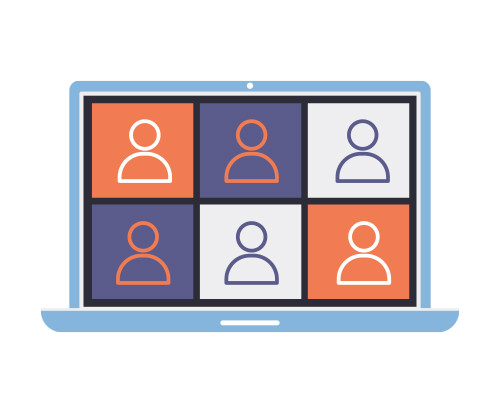Blog
How to Create and Manage Virtual Classrooms for Remote Learning
on January 13, 2023

As more schools move to remote or hybrid learning models, it’s important for teachers to know how to create and manage virtual classrooms effectively.
A virtual classroom is an online platform where teachers can hold live sessions, share resources, and communicate with students in real-time. It’s an essential tool for ensuring that students can continue to learn and engage with course material no matter where they are in the world.
The benefits of using a virtual classroom are enormous. They allow students to get a high-quality education regardless of their geographic location or time zone. This is especially helpful for students who live in disadvantaged communities and can’t access schools physically.
If you’re thinking of setting one up yourself, consider these tips:
Choose the Right Communications Platform
There are many different communications platforms for creating virtual classrooms, including Zoom, Google Meet, or Microsoft Teams.
Consider the specific needs of your class and choose a platform that is user-friendly and has the features you need, such as breakout rooms for group work or the ability to share screens and documents.
Use Effective School Management Software
Choosing the right school management software is critical when it comes to creating a syllabus and lesson plan and organizing classes, virtual or otherwise.
A syllabus and lesson plan is essential for any class. This will help students know what to expect and help them stay organized. It also lets you include due dates for assignments and links to resources and other important information.
This also helps you as a teacher to stay organized and keep all the materials, schedule, class recordings, and more in a centralized location that you and the students can easily access.
Set up a Schedule
Just like in a traditional classroom, it’s important to have a set schedule for your virtual sessions. This helps students know when to log on, be prepared for class, and if they have any important assignments or tests coming up.
It’s also a good idea to send out reminders beforehand to keep students thoroughly in the loop.
Use a Variety of Multimedia Resources
A virtual classroom doesn’t have to be just a video call. Consider using multimedia resources such as videos, podcasts, or online articles to supplement your lessons. This keeps students more engaged and makes the material more interactive.
Provide Timely Feedback
Giving feedback on assignments and projects is an important part of the learning process. Without regular feedback, students can have a hard time understanding exactly how far or effectively they are progressing in a given subject.
Make sure to set aside time to review and provide feedback on student work in a timely manner. The right school management software will also make delivering this type of feedback a much more efficient task.
Be Flexible
Virtual classrooms can be unpredictable, and things may not always go as planned. Be prepared for technical issues and be flexible if something goes wrong. It helps to have a backup plan in case of technical difficulties, such as switching to an audio-only lesson if poor internet speeds don’t allow for video connectivity.
